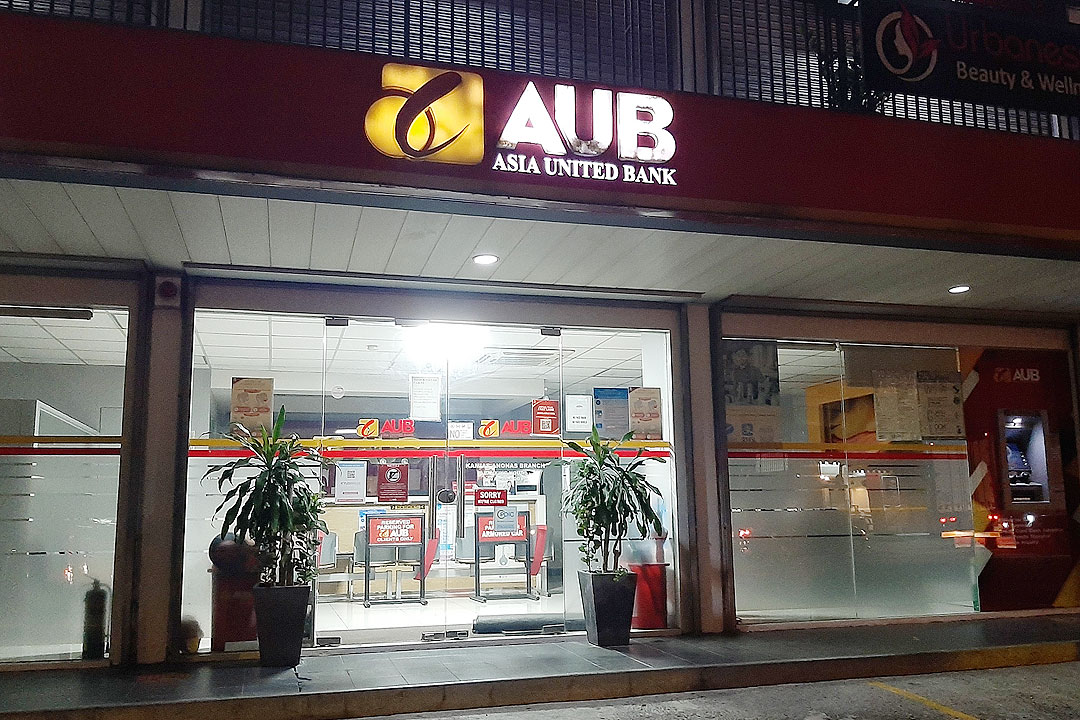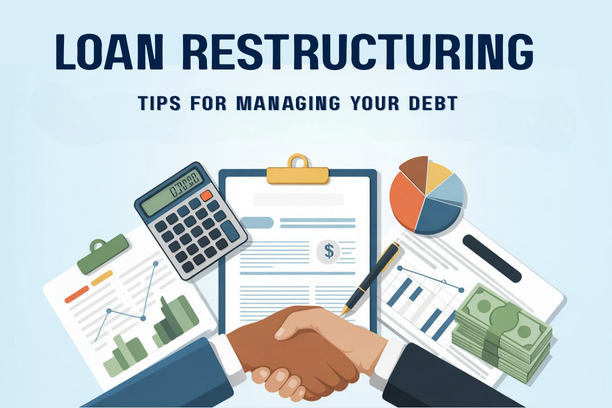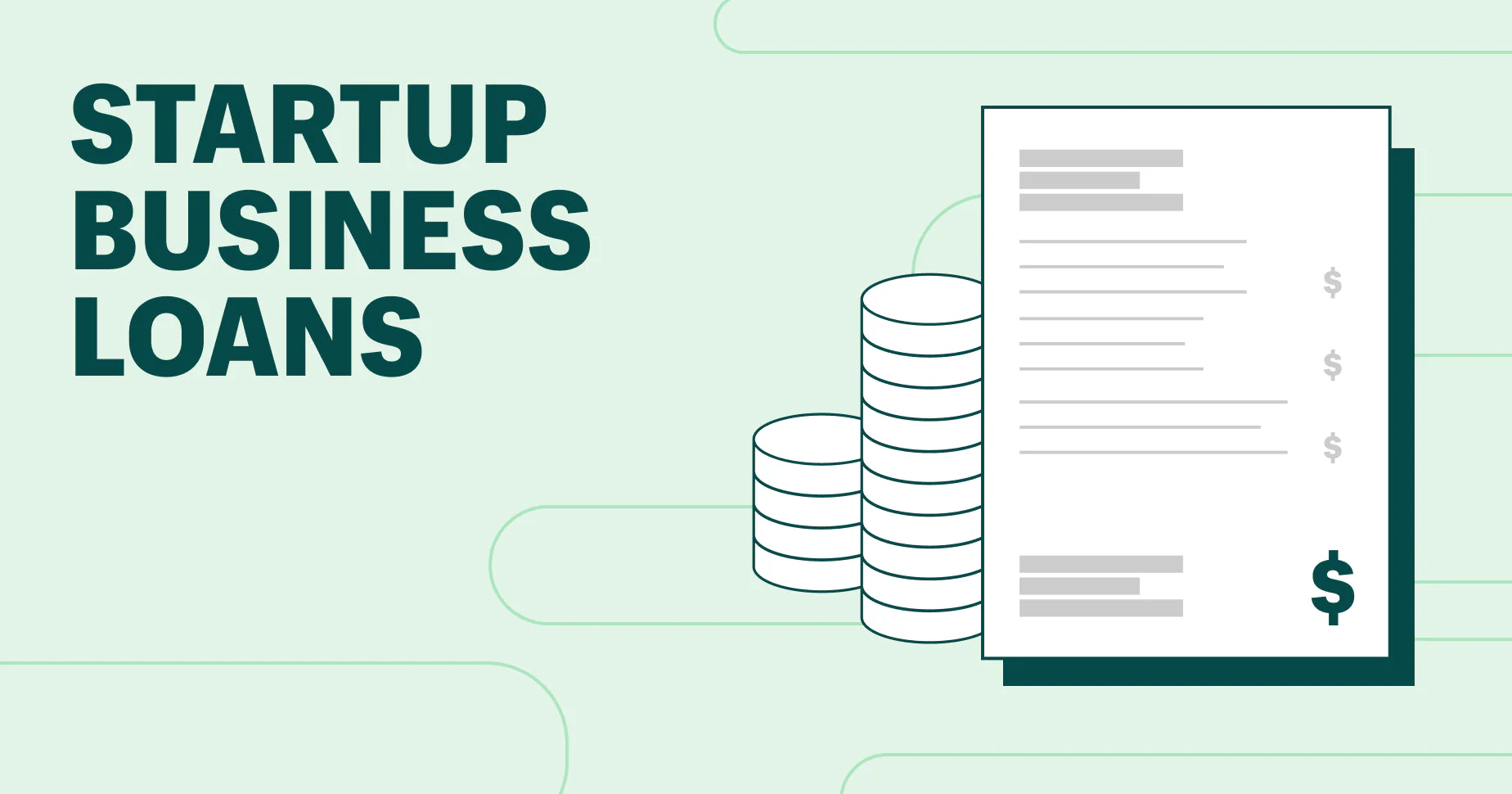Securing a home loan is a pivotal decision, significantly impacted by the prevailing interest rates. For prospective homeowners and those looking to refinance in the Philippines, understanding the latest offerings from institutions like Asia United Bank (AUB) is crucial. This comprehensive guide delves into the latest AUB Home Loan interest rates for 2025, providing essential updates, a detailed breakdown of factors influencing these rates, and vital comparisons with other major banks. Knowing these details can empower you to make an informed financial decision and secure the most advantageous terms for your home financing needs.
Understanding Home Loan Interest Rates: Key Concepts
Before diving into AUB’s specific rates, it’s important to grasp the fundamental concepts that govern home loan interest. This understanding will help you interpret rate sheets and make smarter choices.
- Interest Rate: This is the cost of borrowing money, expressed as a percentage of the principal loan amount. It’s what banks charge you for lending them funds.
- Fixed Interest Rate: A rate that remains constant throughout a specified period, typically 1, 3, 5, or even 10 years. This offers stability and predictability in your monthly repayments, protecting you from market fluctuations during the fixed term.
- Variable (Floating) Interest Rate: A rate that adjusts periodically based on a benchmark rate (like the Philippine Dealing System Treasury Reference Rate or a bank’s internal lending rate). While it can be lower initially, it carries the risk of increasing payments if benchmark rates rise.
- Annual Percentage Rate (APR): This represents the total annual cost of the loan, including not just the interest rate but also other charges such as processing fees, appraisal fees, and insurance premiums. APR provides a more accurate picture of the overall cost.
- Loan-to-Value (LTV) Ratio: The percentage of the property’s appraised value that the bank is willing to lend. A higher LTV might sometimes correlate with slightly higher interest rates, as it implies greater risk for the lender.
- Loan Term: The duration over which you agree to repay the loan. Longer terms often result in lower monthly payments but accumulate more interest paid over the life of the loan. Shorter terms mean higher monthly payments but less total interest.
Latest AUB Home Loan Interest Rates 2025: Updates
As of 2025, AUB continues to offer competitive home loan packages, aiming to cater to a broad spectrum of borrowers, from first-time homebuyers to those seeking to refinance. While specific rates are subject to change based on market conditions, the Bangko Sentral ng Pilipinas (BSP) policy rates, and the bank’s internal policies, here’s a general overview and what you can expect:

AUB typically presents a tiered interest rate structure, where rates may vary based on the chosen fixed-rate period.
- 1-Year Fixed Rate: Often the lowest introductory rate, ideal for borrowers who anticipate a decrease in market rates or plan to refinance relatively soon. This provides immediate savings but exposes you to rate changes after one year.
- 3-Year Fixed Rate: A popular choice, balancing short-term stability with the flexibility to adapt to market changes. It offers a moderate level of predictability.
- 5-Year Fixed Rate: Provides longer-term stability, protecting borrowers from rate increases for half a decade. This is often preferred by those seeking budget certainty.
- Beyond 5 Years (e.g., 10-year fixed or variable thereafter): For borrowers seeking extended predictability, AUB may offer longer fixed terms or transition to a variable rate after the initial fixed period. The interest rate for the variable portion is usually pegged to an index plus a spread.
Illustrative Range (Please note: These are indicative and subject to change. Always confirm with AUB directly):
- Fixed for 1 Year: Approximately 6.50% – 7.00% p.a.
- Fixed for 3 Years: Approximately 7.00% – 7.50% p.a.
- Fixed for 5 Years: Approximately 7.50% – 8.00% p.a.
- Variable after fixed term: Index rate + 2.00% – 3.00% spread.
Factors Influencing Your Specific AUB Interest Rate:
Your actual interest rate with AUB can be influenced by several factors unique to your application:
- Credit Standing: Borrowers with excellent credit scores and a strong repayment history are often offered lower rates.
- Loan Amount and LTV: Larger loan amounts or lower LTV ratios (meaning a larger down payment) might sometimes qualify for slightly better rates.
- Loan Purpose: Rates can sometimes vary slightly depending on whether the loan is for a new purchase, construction, or refinancing.
- Client Relationship: Existing AUB clients with a good banking relationship might receive preferential rates.
- Promotional Offers: AUB, like other banks, occasionally rolls out promotional rates for specific periods or segments.
AUB Home Loan Products and Their Application to Interest Rates
AUB offers diverse home loan products, and the applicable interest rates depend on the specific loan purpose.

- Housing Loan for Purchase: For acquiring a house and lot, condominium, or townhouse. Rates will follow the standard fixed/variable structure.
- Housing Loan for Construction: For building a new home. Interest rates might be similar to purchase loans, but disbursement schedules can impact how interest accrues.
- Housing Loan for Renovation/Improvement: For property enhancements. Rates typically align with standard housing loan rates.
- Housing Loan for Refinancing: For transferring an existing home loan from another bank to AUB. This is often pursued to secure lower interest rates or more favorable terms. AUB’s refinancing rates are competitive and aim to attract borrowers seeking better deals.
- Housing Loan for Lot Acquisition: For purchasing residential lots.
Comparison: AUB vs. Other Major Banks in the Philippines (2025)
To truly evaluate AUB’s competitiveness, it’s vital to compare its interest rates with those of other leading banks in the Philippines. While rates are dynamic, here’s a general landscape as of 2025:
Disclaimer: These comparison rates are indicative approximations for 2025 based on general market trends and are subject to constant change. Actual rates offered by each bank will depend on your specific borrower profile, market conditions at the time of application, promotional offers, and the bank’s internal policies. Always obtain a personalized quotation directly from each bank.
Key Takeaways from the Comparison:
- AUB remains competitive, especially in the 1 to 3-year fixed rate categories. Their focus on specific segments like OFWs/seafarers may also translate to tailored rates.
- Chinabank appears to offer slightly lower indicative rates, but this could be offset by other fees or specific eligibility requirements.
- Larger banks like BDO and BPI tend to have a slightly wider range, reflecting their broader client base and potentially diverse risk appetite.
- The difference in rates might seem small (e.g., 0.10% to 0.25%), but over a 15-20 year loan term, even a small percentage difference can amount to tens or hundreds of thousands of pesos in total interest saved.
Factors Driving Home Loan Interest Rates in 2025
Several macroeconomic and bank-specific factors influence the movement of home loan interest rates in the Philippines:
- Bangko Sentral ng Pilipinas (BSP) Policy Rates: The BSP’s overnight reverse repurchase (RRP) rate is the primary benchmark. When the BSP raises rates to control inflation, commercial banks tend to follow suit with their lending rates, including home loans. Conversely, rate cuts typically lead to lower lending rates.
- Inflation Rate: High inflation can prompt the BSP to increase policy rates, making borrowing more expensive.
- Economic Growth and Stability: A strong economy generally implies lower risk for lenders, which can translate to more favorable lending rates. Economic uncertainty, however, can lead banks to raise rates to mitigate risk.
- Global Economic Conditions: International economic events, particularly interest rate movements in major economies (like the US Federal Reserve), can indirectly influence local rates due to capital flows and investor sentiment.
- Bank’s Cost of Funds: The interest banks themselves pay to borrow money (e.g., from depositors) affects their lending rates.
- Competition Among Banks: Fierce competition in the home loan market can drive banks to offer more attractive rates to capture market share.
- Liquidity in the Financial System: Ample liquidity in the banking system can lead to lower lending rates as banks have more funds available to lend.
How to Get the Best AUB Home Loan Interest Rate
Securing the most favorable interest rate on your AUB home loan requires strategic preparation and negotiation.
- Maintain an Excellent Credit Score: This is paramount. Pay all your bills on time, keep credit utilization low, and avoid defaults. A high credit score signals low risk to AUB, making you eligible for their best rates.
- Provide Complete and Accurate Documents: Delays due to incomplete paperwork can affect your application timing, potentially missing out on better rates.
- Consider a Larger Down Payment: A higher down payment reduces the loan amount and lowers the bank’s risk (lower LTV), which can sometimes lead to better interest rate offers.
- Shorten Your Loan Term (If Feasible): While increasing monthly payments, a shorter loan term generally results in lower overall interest paid and might sometimes qualify for a slightly better rate.
- Inquire About Current Promotions: Always ask AUB directly about any ongoing promotional rates or special offers that might not be publicly advertised.
- Negotiate (Politely): If you have a strong financial profile or have received better offers from other banks, you can politely negotiate with AUB for a competitive match.
- Build a Relationship with AUB: Existing clients with a positive banking history might be eligible for special considerations.
The AUB Home Loan Application Process and Interest Rates
When you apply for an AUB Home Loan, the interest rate you are quoted is typically based on the prevailing rates at the time of your loan approval.
- Application Submission: You submit your complete application and supporting documents.
- Credit Evaluation and Appraisal: AUB assesses your creditworthiness and appraises the property.
- Loan Approval and Rate Offer: Based on the evaluation, AUB provides a loan offer, including the approved loan amount, term, and the applicable interest rate. This is when the specific rate for your loan is locked in, especially for fixed-rate periods.
- Signing of Loan Documents: Once you agree to the terms, you sign the loan documents.
It’s important to understand that rates can change during your application process. If rates drop significantly between your inquiry and approval, you might inquire if the lower rate can be applied. Conversely, if rates rise, the bank usually honors the rate quoted at the time of approval, or as per the commitment letter.
Conclusion
Navigating the landscape of home loan interest rates in 2025 requires diligence and an understanding of key financial indicators. AUB continues to be a strong contender in the Philippine home loan market, offering competitive rates and flexible terms. By staying informed about the latest AUB Home Loan interest rates, understanding the factors that influence them, and proactively comparing them with other banks, you can position yourself to secure the best possible financing for your home. Always confirm the most current rates directly with AUB and carefully review all terms and conditions before making your final decision. Your dream home awaits, and choosing the right loan with the right rate is your essential first step.












